Interview with Kevin Borg, founder of KJB Building Consultants
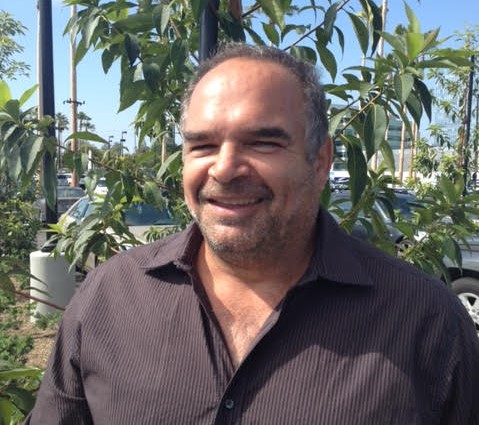
|
| In addition to his work at UCLA, Kevin Borg has consulted on 22 college stadiums and arenas. Borg is a skilled speaker, mentor and educator who is passionate about the facilities management profession. |
Kevin Borg is an experienced facilities manager who has been involved in the evolution of the profession during his lengthy tenure. After spending more than 39 years at the University of California, Los Angeles (UCLA), Borg “retired” in July 2020 and returned his attention to KJB Building Consultants - a company he had been operating since he started the high-end custom construction firm in his 20s.
It was KJB Building Consultants that opened the door at the athletic department for Borg, who was the first person in the department’s facilities division. After a six month trial, Borg was invited to write his own job description, outlining what he wanted to do for the university. The rest is history, as they say.
With customers ranging from the world of entertainment (including installing chandeliers and telephones in every single room of a new home for Liberace) to university level athletics, Borg has had the opportunity to manage large scale, high profile construction projects worth millions of dollars.
Designing Buildings Wiki caught up with Borg for a virtual discussion about some of the wide-ranging issues influencing both facilities management and the design and construction industry.
| DBW: What is a “day in the life” like for you? |
Kevin Borg (KB):
In July 2020, I retired from The University of California, Los Angeles (UCLA) after 39 years serving as the Director of Facilities and Project Management. The last 29 years I served as the Assistant Athletic Director, Facilities and Project Management.
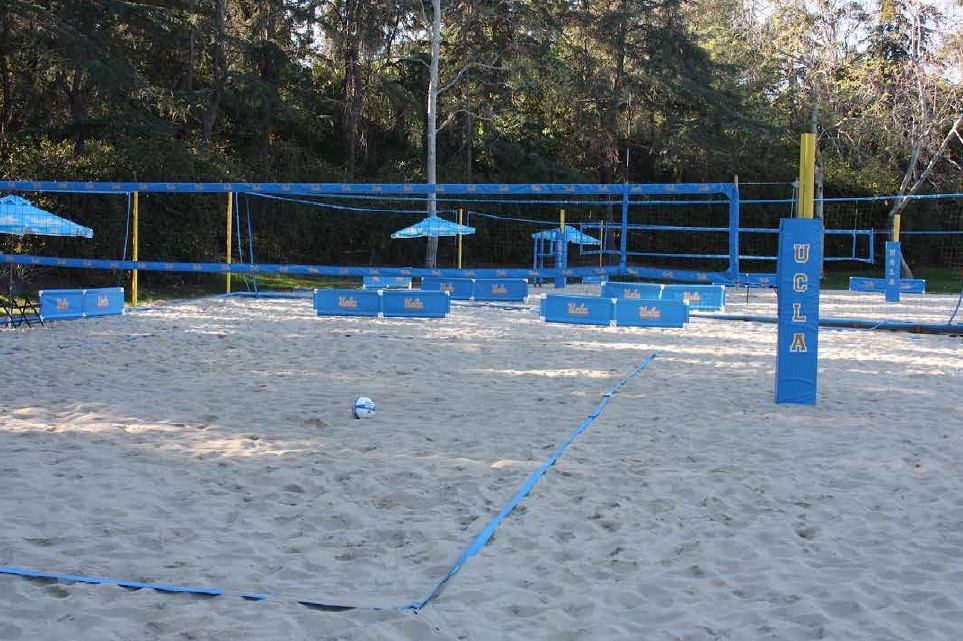
|
| Borg's final project before retiring was the renovation of Mapes Beach, the home to the UCLA beach volleyball team. The facility underwent a renovation prior to the 2020 season and now features three regulation sized beach volleyball courts and one warm-up court. |
Since retiring, I am taking the first phase of my career and using my experience and knowledge [at UCLA] to build my second career as owner of KJB Building Consultants. This is a fluid situation where every day is different - particularly in light of the pandemic. We specialise in everything from residential and commercial projects to sports facilities and offer a variety of disciplines including: concept and design, product specification, site location, owner representation and project management.With more than $840 million US (£603 million GBP) in projects and renovations in my lifetime, I have had responsibility for a collection of diverse projects - ranging from a simple public restroom renovation to the construction of stadiums and renovations of large sporting venues and arenas.
Right now, I’m working on a $270k US (£195k GBP) customer renovation project that involves the addition of pergolas, pools and waterfalls.
| DBW: How and where did your career begin? |
KB:
My journey into the design, build and construction world started when I was 13 years old, when I worked part time at Santa’s Village. I was not making toys for jolly St Nick, but I was charged with fixing and maintaining attractions, including a merry go round and train built in Germany in 1903. I didn’t speak or read the language, so I had to improvise in fixing and building replacement parts. From that first job, I knew I had a gift in the facility and construction industry.
| DBW: What has been your career highlight so far? |
KB:
I am very proud of several construction projects I have managed over the years. I designed and built a Division I (D-I), nationally ranked softball stadium for a programme that has won more than 13 NCAA championships. [NB D-I is the highest level of intercollegiate athletics sanctioned by the National Collegiate Athletic Association (NCAA) in the United States.]
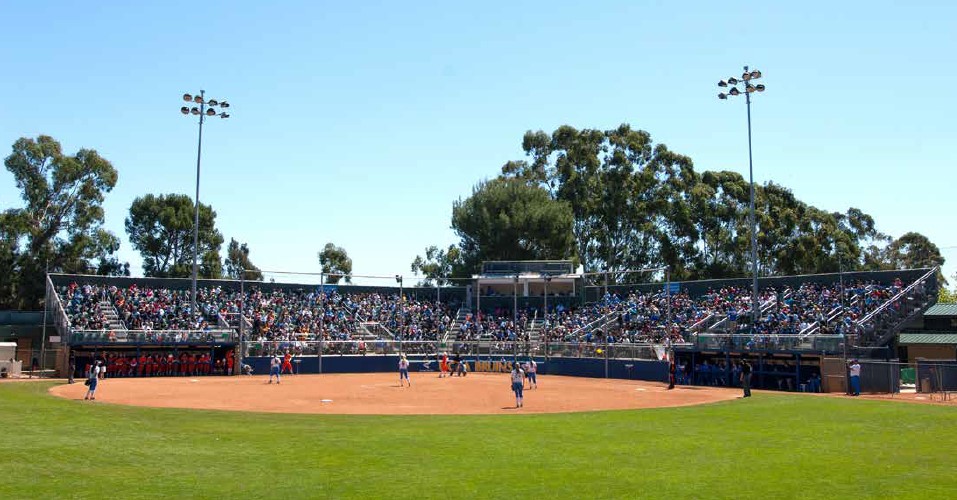
|
| Easton Stadium originally opened in February 1994. The softball facility underwent a dramatic renovation during the winter of 2004-05. |
I was also instrumental in the renovation of the world-famous Pauley Pavilion [an indoor arena on the campus of UCLA, first opened in 1965 and renovated in 2010-12] and four new buildings on the UCLA campus. I am also proud of the renovation of the 40 acre UCLA Lake Arrowhead Conference Centre.
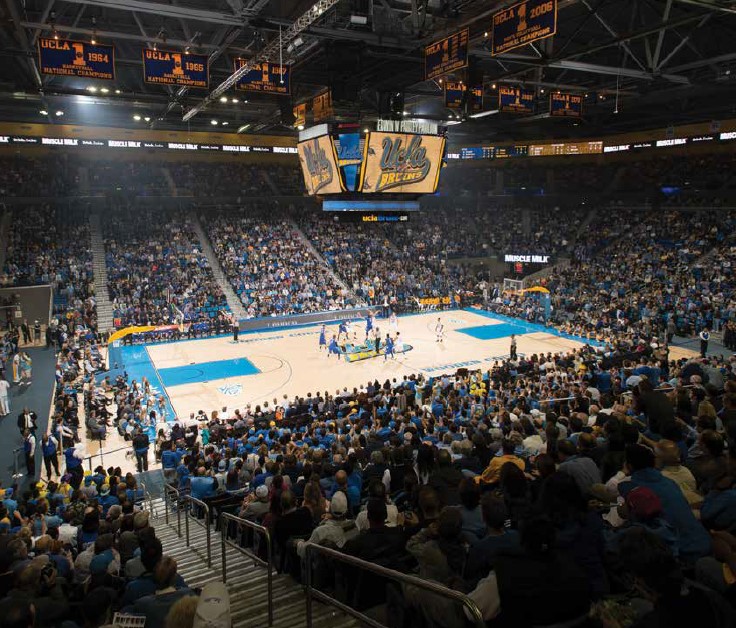
|
| Pauley Pavilion, presented by Wescom, is the main facility for UCLA men's and women's basketball, men's and women's volleyball and women's gymnastics. Pauley Pavilion was introduced in June 1965, when it was dedicated and named for Regent Edwin W. Pauley. The renovated arena contains seating for approximately 13,800 spectators. |
But the one construction project that brings me the most joy and satisfaction is my home. My wife and I built a 3700 square foot home overlooking the Pacific Ocean, which we now share with our two sons, who are 10 and 12 years old.
| DBW: What would you most like to change about the construction industry or profession? |
KB:
Over my 45+ years of involvement with the construction industry, I have witnessed some great concepts and builds; I have also experienced a few failures. I have seen the industry change from drawing plans by hand to using AutoCAD (personally, I still prefer drawing concepts by hand).
In today’s construction world, I would really like to see more time spent understanding the use and function of the project for the end users along with the owner’s intent and less focus placed on looking better than the “next guy”.
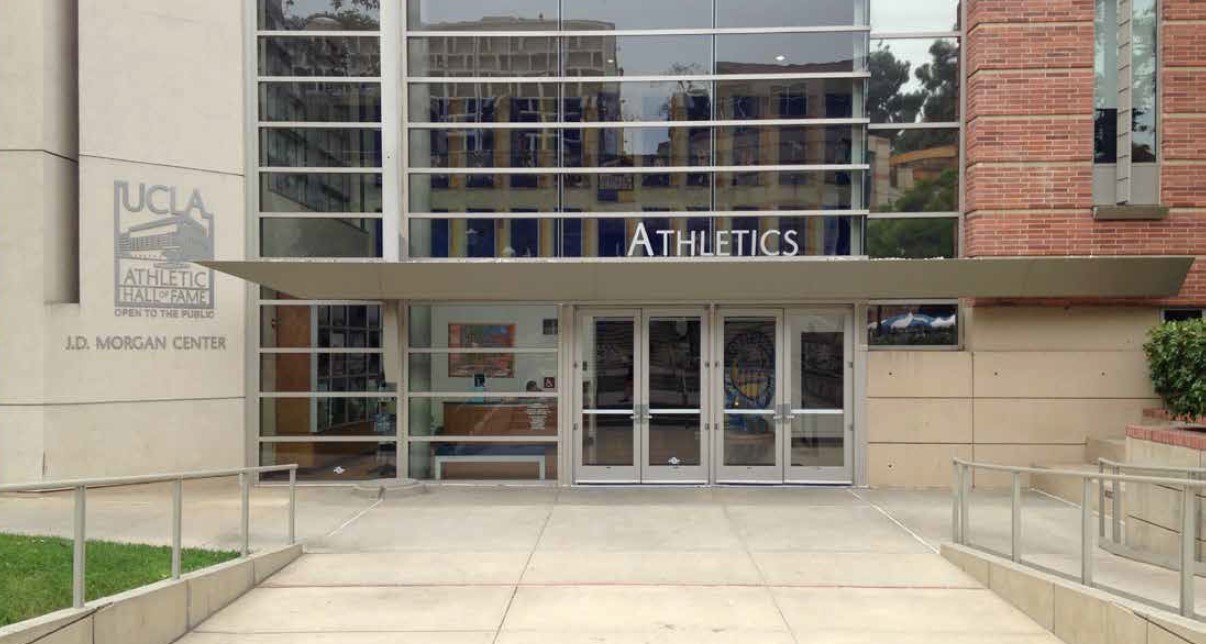
|
| The J.D. Morgan Center underwent a significant renovation in 2001. It serves as a central point for 25 UCLA intercollegiate teams. The building contains athletic staff and administrative offices and houses the George Kneller Student-Athlete Academic Centre. It is also home of UCLA's Athletic Hall of Fame. |
I would also like to see more care and effort in the renovation of older or historic buildings. These structures can accommodate our 21st century needs; you just need to place more effort into the challenge to find a resolution - and sometimes it’s a simple solution.
| DBW: Which news event has had the most significant impact on your career and why? |
KB:
In June 2004, a professor was shot in his office on campus. Prior to this incident, the campus and all of my buildings and stadiums (with the exception of our student athlete areas and medical facilities) were open for the general public to visit. Within two months of the shooting, I had renovated and secured all nine athletic buildings by adding some form of checkpoints or key/biometric reader access.
For nearly two years I would be called regarding “a person of concern” and would immediately run to investigate. At no time did I confront anyone of concern, but my job became one with an additional aspect - serving as an emotional support.
| DBW: What are your "go to" sources of knowledge when you research work-related subjects that are new to you? |
KB:
I have had the good fortune of meeting and working with several folks from all over the world who are at many different levels of experience and knowledge in every facet of the construction industry. All of them are passionate about their trade and most of them are eager to share their insight with anyone who will listen. These folks are just one of the many resources we have at our fingertips.
The Internet can provide access to webinars, white papers, trade magazines and publications, and these are just a few resources that we all have available to us.
I am still old school and prefer a phone call to “check in” and find assistance or solutions, but I really like the fact that my contacts can email the design or drawings of solutions without waiting on the mail. Does anyone still have a fax machine?
| DBW: What is the most valuable professional advice you’ve received? What advice would you give to yourself? |
KB:
A very wise man once shared a quote from John Wooden, who said, “If you don’t have time to do it right the first time, when will you”? [NB Wooden was an American basketball player and head coach for the UCLA Bruins.] Another favourite piece of advice comes from Walt Disney, who said, “Sometimes the customer is wrong, but they are still your customer”.
|
Jackie Robinson Baseball Stadium (UCLA). |
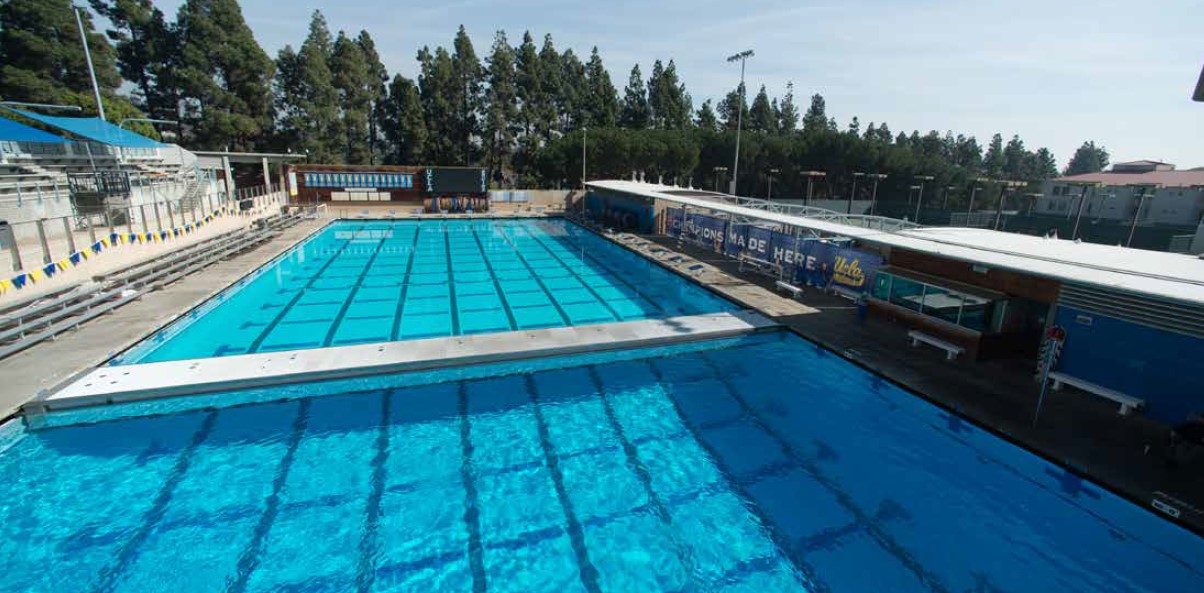 The Spieker Aquatics Center (UCLA). The Spieker Aquatics Center (UCLA).
|
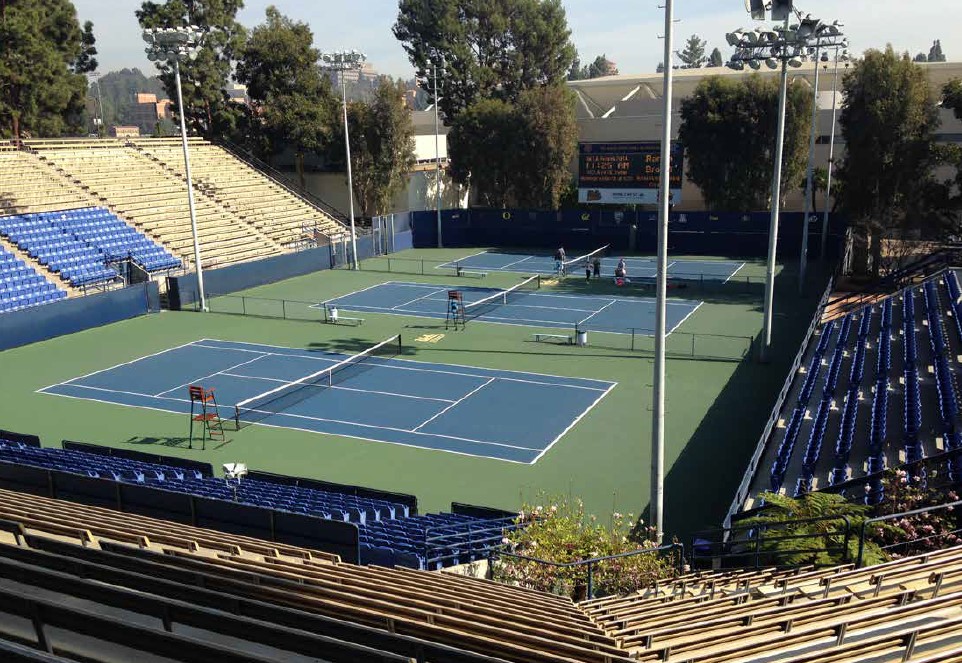 The Los Angeles Tennis Center (UCLA). The Los Angeles Tennis Center (UCLA).
|
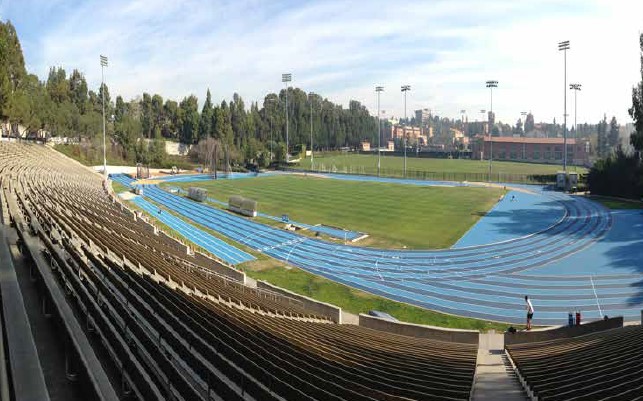 Drake Track (UCLA). Drake Track (UCLA).
|
As for advice I’d give to myself? I’d tell myself to take time off to breathe. It’s important to spend time with family and friends and find a good work life balance.
Being a workaholic doesn’t always get you any further. In my experience, it had little to no effect, except that it developed an expectation - "Kevin can take care of it". While it’s flattering to be so relied upon, sometimes that expectation of “always getting things done” can be unrealistic.
My very first mentor, a man by the name of Doc Knudsen, recognised something in me. He told me that very few people at my young age had my knowledge and experience, but they needed to have the time to experience it. He advised me to step back to let them learn how to do things; that way, they could do it faster themselves the next time.
As for advice to others - particularly those just starting out - I stress the importance of reaching out to peers. I still do this on a regular basis.
Unfortunately, some people in facilities and construction struggle with verbal communication, and this is very important. So is hands on experience. Having book smarts is one thing, but there is nothing that can replace experience in the field. This is the only thing that gives you the confidence to think and respond on the fly.
I can’t stress the importance of apprenticeships enough. I think it would be ideal if they were a requirement for any degree or trade. One suggestion might be to offer financial incentives (such as higher salaries) for those who have completed an apprenticeship.
In my experience, there are very few people in today’s construction world who are willing to take responsibility. It’s important to be willing and able to stick your neck out to get things done. Those who are willing to be responsible and accountable will be the ones who move projects forward.
This article is based on Kevin Borg's written responses and an online interview conducted on 20 April 2021. Borg can be reached via email.
To be interviewed for Designing Buildings Wiki, please send the editor an email.
[edit] Related articles on Designing Buildings Wiki
- American architecture and construction.
- AutoCAD.
- Beijing National Stadium.
- Constructing and renovating UEFA training facilities.
- Construction apprenticeships.
- Facilities management.
- Interview with FMB.
- Interview with Carol Lynch, CYT.
- Interview with Elly Ball, co-founder Get Kids into Survey.
- Interview with Kevin McCloud.
- Interview with Mark Farmer.
- Interview with Melanie Leech.
- Interview with Paloma Hermoso, Senior Project Manager CIOB MAPM, Baker Ruff Hannon.
- London 2012 Olympic Stadium.
- Restoration.
- Scunthorpe Sports Academy.
- Stadium.
- Walt Disney Concert Hall.








Comments